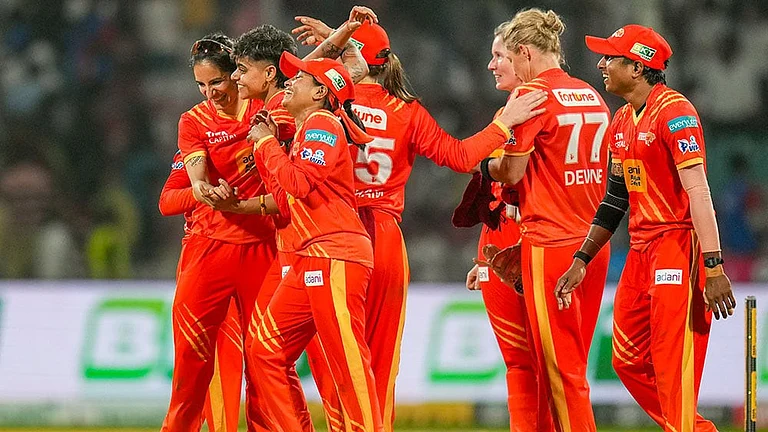The Rajya Sabha is not directly elected, true. But the Constituent Assembly too wasn’t directly elected. Was it the less representative of India’s aspirations? On the contrary, each member represented a state or province in totality. Each member brought to the Constituent Assembly something of the uniqueness and genius of their regions. Consider these distinguished women members of the Constituent Assembly: Begum Aizaz Rasul spoke for the United Provinces, Durgabai for undivided Madras, Hansa Mehta for the combined State of Bombay. Some of them did not even ‘belong’ to those provinces. Sucheta Kripalani, for instance, was indirectly elected from the United Provinces and Rajkumari Amrit Kaur from the Central Provinces. And yet they carried with them the integrated will of their electors, the MLAs of their states, though with not a trace of local-itis.
The Rajya Sabha, our Senate, our House of Lords, our Second Chamber, was conceived of by the founders of our Constitution as desirable in a Parliament that has two principal roles—law-making and vigilance. A perspective of the states was as essential to law-making in a nation that believes in federalism, so the Rajya Sabha came naturally to be called the Council of the States. It also came to be called the House of Elders: in the initial years, most members brought to the House the wisdom of understanding rather than the ardour of venturing, the ripeness of experience rather than the passion of attempting. The Rajya Sabha may be thought of as vita contemplativa and the Lok Sabha as vita activa, the two being inseparable. Just as the mind needs and has the faculties of first thought and then of second thought, of ideation and reflection, of instinct and analysis, of emotion and reason, so does a democratic polity need a House for Initiation and a House for Reflection, a House of Introduction and a House of Revision.
In this, a difference between the Rajya Sabha and the councils in the states needs to be noted. There are no states within states that require a Council for States there. And while the principle of first and second thought, being universal, must apply in the states as well, it should be noted that many enactments taken up in the state assemblies have to be reserved for the president’s assent. The principle of revision is therefore not lost in the states which have a unicameral legislature. It is my view though, that the States that have “done away with” their Second Chambers have done so not as much to obviate redundancy as to entrench political hegemonies.
A country is made of two constituents: people and territory. The Lok Sabha, the House of the People, stands for the sovereignty of the people, for the human capital of India. The Rajya Sabha, the Council of the States, to which the state assemblies send their representatives, stands for the sanctity of the nation’s territorial spread, the real estate that is India, in the real sense.
There is one more feature of the Rajya Sabha to be borne in mind. It is the vice-president of India, no less, who presides over the processes of revision, reflection and reasoning. (It’s a matter of puzzlement that so far we have not had a woman vice-president.) That makes the Rajya Sabha not just important but eminent.
A country hungers for dynamism in its leaders. At the same time, it thirsts for eminence in its guides. This is not to say that the Rajya Sabha has not, ever so often, disappointed us. Unruliness and short-termism, the very antithesis of its raison d’etre, have scarred the proceedings of this august House. But an institution should be judged by the parabola of its uses rather than by the curve of its misuses. True, some persons unworthy of the honour have come to be elected to the Rajya Sabha. But it has ‘housed’ the architect of our Constitution Dr B.R. Ambedkar from the nation’s west, the Left stalwart Bhupesh Gupta from its east, Bharat Ratna Atal Behari Vajpayee from its centre, C.N. Annadurai from the south, Ramdhari Singh Dinkar from the north. It has had scientists, artists, writers in its ranks. It has been an assemblage of stature.
Our finance minister has been an exemplary member of the Rajya Sabha. I cannot imagine him saying what he has said had he been Leader of the Opposition in the Rajya Sabha with the BJP in a majority there, and the Congress in government. The indirect method of electing its members would have been seen then as an insurance against majoritarianism, a bulwark against the game of numbers.
(Grandson of the Mahatma and Rajaji, Gopal Gandhi has been India’s envoy to South Africa and Sri Lanka, governor of West Bengal and Bihar, and served as secretary to President K.R. Narayanan.)


























